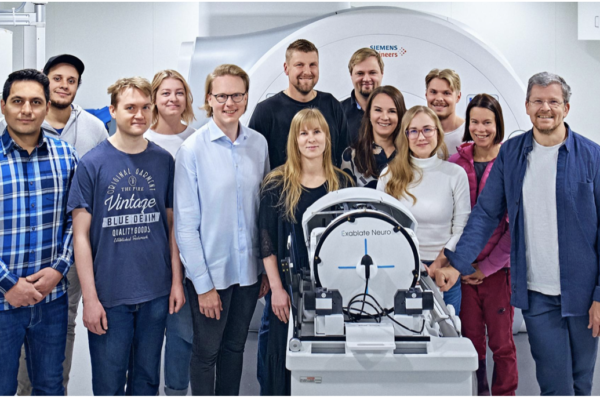The European Policy Analysis Group has recently prepared a report on why innovation in the EU lags behind the US. The most recent EU Scoreboard indicates that the transatlantic gap has widened. Their report argues that current European efforts are insufficient, in both quantity and quality. Important reforms are required to enable Europe to compete in the value-creating space.
Who would have thought that an Italian university could produce a such a clear-thinking report after the verbose efforts of Draghi and the EIC reports! The Bocconi University has produced and excellent report about why we here in Europe have fallen well behind the US even tough we spend the same amount of taxpayers’ money on R&D!
The FT recently summed up Europe’s problem after reading the report: “Smarter, co-ordinated procurement policy could establish EU-wide interconnected digital platforms on everything from Estonian style e-government (Finland and Estonia have connected theirs) to payment systems, where a programmable digital euro could be transformative for European fintech. Take as inspiration the EU’s swift and successful development of something as politically sensitive as a digital vaccine passport trusted across the bloc.” FT 20.10.24.
Although European government support for R&D is about the same level as in the US (around 0.7% of GDP), it is in the private sector where there are large quantitative differences between the US and EU are found. Business expenditure in the EU is 1.2% of GDP and that is about half that of the US (2.3% of GDP)!
European business R&D is concentrated in mid-tech sectors, like the automotive industry, and these sectors compete by applying the latest technological advances to production, but that does not require the same R&D intensity or offer the same growth potential as high-tech industries according to the report. That is the main reason for US’s success…
Today, the gap is particularly wide in software development, where US companies account for 75% of the global total, compared with 6% for the EU. A large portion of the growth in US corporate R&D spending over the last decade has come from software-related companies in AI.
The quasimonopoly position of US high-tech sector also applies to next generation of upcoming software, like LLMs, and hardware, like Nvidia for semi-conductors.
A shift in the direction of EU innovation towards high-tech industries thus appears highly desirable.
Some 90% of the public-sector support for R&D in the EU comes from the national level. The EU does support broadly-defined R&D innovation… and here is an important quote from the report:
“However, less than 5% of Horizon Europe supports breakthrough innovation, which has the potential to create new markets but is remote from commercial applications. Distinguishing between types of R&D is important (yet overlooked), as projects aimed at bringing known technologies closer to the market cannot be expected to deliver disruptive innovation.”
The recent creation of the European Innovation Council (EIC) was a positive step towards redirecting R&D efforts, but it is hampered by several limitations:
- It is too dependent on the EC
- It only marginally targets breakthrough research, which is still substantially underfunded
- The EIC is mostly led by EU officials rather than top scientists
- The disbursement of funding is slow
Institutional change and the report proposes:
- Giving leading scientists a more central role on the EIC Board and in selecting project
- Shifting decision-making power from the EC to independent project managers
- Drawing resources from underperforming programmes of Horizon Europe
Photo: Bocconi University




